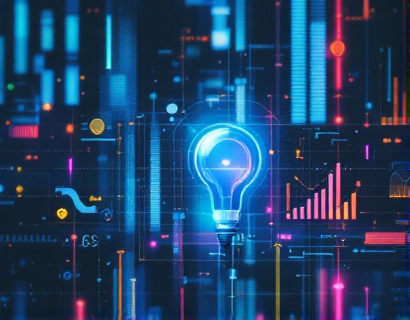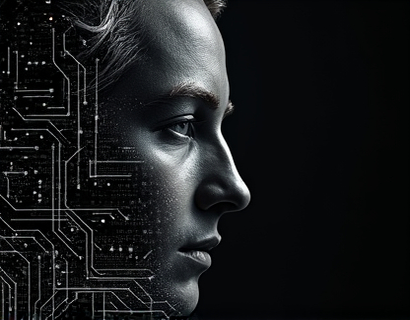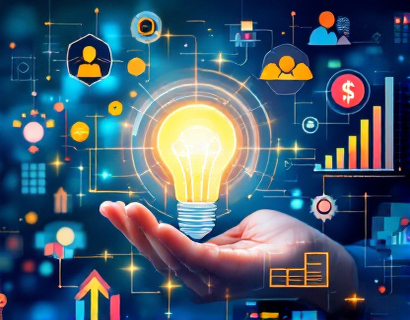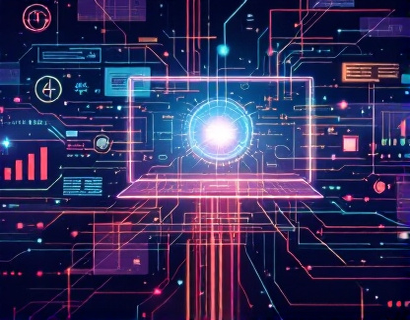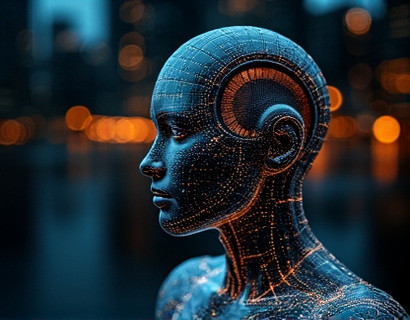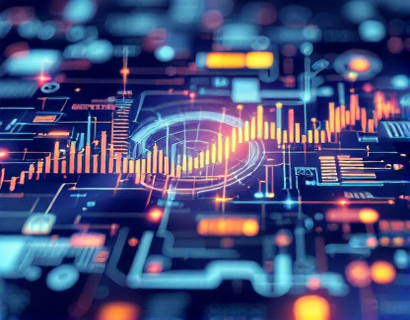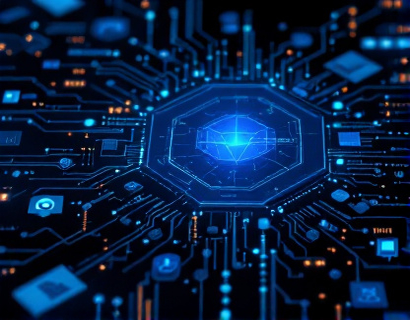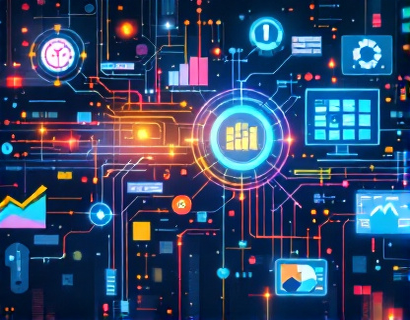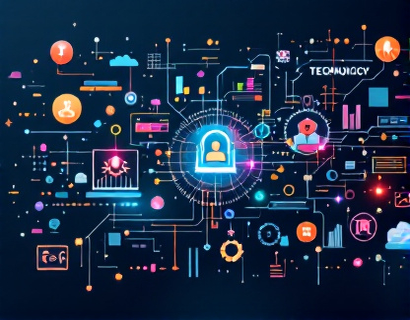Unlocking Digital Transformation: Leveraging Blockchain and AI for Enhanced User Experiences in the Crypto Era
The intersection of blockchain technology and artificial intelligence (AI) is ushering in a new era of digital transformation, fundamentally altering how businesses operate and users interact with digital services. This transformative period, often referred to as the blockchain era, presents unprecedented opportunities for tech leaders to innovate and enhance user experiences. By merging the decentralized and secure nature of blockchain with the intelligent capabilities of AI, organizations can create more efficient, transparent, and personalized digital environments.
Blockchain technology, known for its role in cryptocurrencies, offers a robust framework for secure and transparent transactions. Its decentralized ledger system ensures that data is immutable and tamper-proof, which is crucial for building trust in digital interactions. On the other hand, AI brings the power of machine learning and natural language processing to the table, enabling systems to learn from data, adapt to new inputs, and perform tasks that traditionally required human intervention.
Redefining Digital Experiences
The combination of blockchain and AI is redefining digital experiences in several key areas. One of the most significant impacts is in the realm of security and privacy. Blockchain's inherent security features, coupled with AI's advanced encryption and anomaly detection capabilities, create a formidable defense against cyber threats. This synergy ensures that user data is not only secure but also privacy-preserving, addressing one of the primary concerns in the digital age.
Another area where blockchain and AI are making waves is in personalization. AI algorithms can analyze vast amounts of user data to understand preferences and behaviors, allowing for highly tailored experiences. When integrated with blockchain, these personalized experiences can be delivered securely and transparently. For instance, blockchain can manage user consent and data ownership, ensuring that individuals have control over their personal information while benefiting from personalized services.
Enhancing Business Operations
For businesses, the integration of blockchain and AI offers a competitive edge by streamlining operations and optimizing processes. Supply chain management is a prime example. Blockchain provides a transparent and immutable record of transactions, while AI can predict demand, optimize inventory, and identify bottlenecks. This combination reduces costs, increases efficiency, and enhances overall supply chain resilience.
In the realm of customer service, AI-driven chatbots and virtual assistants can handle a wide range of inquiries, freeing up human agents to focus on more complex issues. Blockchain can ensure that customer interactions are secure and that data is consistently and accurately managed across different touchpoints. This not only improves customer satisfaction but also builds trust and loyalty.
Challenges and Considerations
Despite the numerous benefits, the integration of blockchain and AI is not without challenges. One of the primary concerns is the technical complexity involved. Developing and maintaining systems that leverage both technologies requires a high level of expertise. Organizations must invest in training their staff or partner with specialists to navigate this complex landscape effectively.
Another challenge is the regulatory environment. As blockchain and AI continue to evolve, regulatory frameworks are still catching up. Compliance with data protection laws, such as GDPR, and understanding the legal implications of decentralized systems are critical considerations. Businesses must stay informed and adaptable to navigate the evolving regulatory landscape.
Case Studies and Real-World Applications
Several industries are already reaping the benefits of blockchain and AI integration. In finance, decentralized finance (DeFi) platforms use blockchain for secure transactions and AI for risk assessment and fraud detection. This combination has led to more accessible and efficient financial services, particularly in underserved regions.
In healthcare, blockchain ensures the secure and privacy-preserving sharing of medical records, while AI algorithms can analyze vast datasets to predict patient outcomes and optimize treatment plans. This not only improves patient care but also reduces healthcare costs by preventing errors and inefficiencies.
The retail sector is another area where these technologies are making a significant impact. Blockchain can track the provenance and authenticity of products, while AI can personalize shopping experiences and optimize inventory management. This results in a more transparent and customer-centric retail environment.
Future Trends and Predictions
Looking ahead, the convergence of blockchain and AI is expected to drive further innovation. One trend to watch is the development of decentralized AI models, where AI algorithms are trained and run on a blockchain network. This approach can enhance transparency, reduce bias, and ensure that AI models are tamper-proof.
Another area of growth is the rise of decentralized applications (dApps) that combine blockchain's decentralized nature with AI's intelligence. These dApps can offer new levels of interactivity and functionality, from decentralized gaming to social media platforms that prioritize user privacy and data ownership.
Additionally, the integration of Internet of Things (IoT) devices with blockchain and AI is set to revolutionize smart cities and industrial automation. Secure and efficient data exchange between devices, coupled with intelligent decision-making, will lead to more sustainable and efficient urban environments and industrial processes.
Navigating the Blockchain Era
For tech leaders aiming to thrive in the blockchain era, a strategic approach is essential. First, it's crucial to stay informed about the latest developments in both blockchain and AI. Participating in industry conferences, reading research papers, and engaging with communities can provide valuable insights and networking opportunities.
Building a skilled team is another key factor. Organizations should focus on hiring or developing talent with expertise in both blockchain and AI. Cross-functional teams that understand the synergies between these technologies can drive innovative solutions and stay ahead of the curve.
Pilot projects and proof of concept (PoC) initiatives can help organizations test the waters before full-scale implementation. By starting small and scaling gradually, businesses can mitigate risks and refine their approaches based on real-world feedback.
Lastly, fostering a culture of experimentation and continuous learning is vital. The blockchain and AI landscapes are rapidly evolving, and organizations must be agile and open to adapting their strategies as new opportunities and challenges emerge.
In conclusion, the integration of blockchain and AI is not just a technological trend but a fundamental shift in how we approach digital transformation. By leveraging these powerful technologies, organizations can create more secure, efficient, and personalized digital experiences. For those ready to embrace this new era, the potential for innovation and growth is immense.




